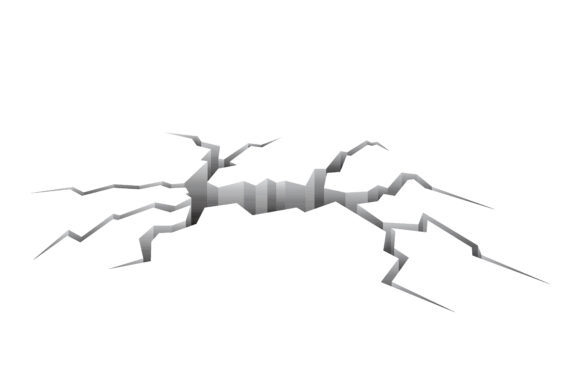Millions of Americans will participate in the Great Shakeout on Oct. 21, a day designated to earthquake education and awareness. Annually held on the third Thursday of October, the Great Shakeout encourages schools and workplaces to practice earthquake safety techniques.
The Great Shakeout also serves as a reminder on the importance of obtaining earthquake insurance, particularly in eastern Missouri, where residents face greater risk because of the New Madrid Seismic Zone. The roughly 150-mile-long fault zone covers much of southeastern Missouri. It leaves the state’s bootheel up the Mississippi River to the St. Louis metropolitan region at highest risk.
The New Madrid region last experienced powerful earthquakes during the winter of 1811-1812. Experts estimate those quakes ranged from 7.0 to 7.5 in severity. An earthquake today of similar magnitude would produce insured losses of $120 billion, according to risk modeling firm AIR Worldwide.
Despite the significant hazard that the NMSZ poses to Missouri, the state has seen a rapid decrease in the uptake and availability of earthquake insurance coverage over the last two decades. A 2020 Missouri Department of Commerce and Insurance (DCI) report found that only 12.7% of residences in the New Madrid region are covered with earthquake insurance, compared to 60.2% in 2000.
In 90 of Missouri’s 116 counties, fewer than 20% of residences have earthquake coverage. In only four counties are at least half of residences insured from damage caused by earthquakes, including the counties of Cape Girardeau, St. Charles, St. Louis, and Jefferson, which all fall in the New Madrid region.
The cost of earthquake insurance has risen 760% since 2000 as insurers have increasingly pulled out of high-risk areas of the state or have subjected such areas to stricter underwriting standards.
According to the DCI’s Residential Earthquake Coverage in Missouri report, nearly 20% of the earthquake market in New Madrid does not offer coverage with a deductible less than 25% of the value of the insured property.
Less than 2% of the market offers policies with deductibles as low as 5%, compared to 43% of the earthquake market in the remainder of the state.
Insurers require insureds to retain a deductible, or the amount of property damage the insured must pay, before insurance coverage is available. Earthquake policies often specify a deductible as a percentage of the value of the insured property.
Only 1.8% of the market in the New Madrid region offer policies with a deductible as low as 5%, while 67.2% of the market offers policies with a deductible as low as 10%.
According to the DCI, earthquake insurance covers:
- Repairs needed because of earthquake damage to a residence (it may cover other structures not attached to a residence, like a garage)
- Personal property against damage from an earthquake (it may cover increased costs to meet current building codes and costs to stabilize the land under a residence)
- The cost to remove debris.
- Extra living expenses people may have while their residence is being rebuilt or repaired.
Earthquake insurance usually will not cover fire, land, vehicles, pre-existing damage or external water damage.
Was this article valuable?
Here are more articles you may enjoy.



 Consumer Acceptance of Telematics Widens, Says Survey
Consumer Acceptance of Telematics Widens, Says Survey  Iowa Woman Charged With Insurance Fraud
Iowa Woman Charged With Insurance Fraud  Warburg Mulls $1 Billion Sale of London Insurance Broker McGill
Warburg Mulls $1 Billion Sale of London Insurance Broker McGill  SIAA Announces Strategic Partnership With Progressive
SIAA Announces Strategic Partnership With Progressive 


